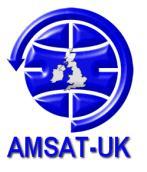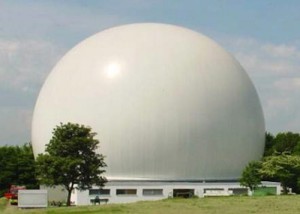 Should you be a part of the AMSAT Community or an AMSAT Organisation?
Should you be a part of the AMSAT Community or an AMSAT Organisation?
There are plenty of people who operate on the amateur radio satellites who can identify as being part of the AMSAT community. Many of them are what I’d consider active operators – those heard on passes multiple times in a week or any given month.
The complex question I pose today is “what is the difference between the AMSAT community and the AMSAT organization and why does it matter?”
The AMSAT community of operators isn’t launching satellites. AMSAT organizations with donors and volunteers are launching satellites.
Being active on the birds does not mean you are supporting the AMSAT community. It means you are active in the community as a whole. That’s great. People know your callsign, your name, and have you in their log. That doesn’t get new satellites built and launched. Sending a few emails to the AMSAT-BB or other email lists doesn’t exactly count as volunteering to help the AMSAT organization grow, improve, and make launch goals.
I’m not the most active AMSAT volunteer on the planet. I’ve been trying to do a few hamfests a year, write some Journal articles, keep my membership current, and make an occasional donation. I tend to think every little bit of support helps – no matter what role you play. I encourage new operators to join an AMSAT organization with a vision and a proven track record.
AMSAT-NA is one such organisation. They have successfully launched multiple satellites over their many years of existence. If you are not a member, you should be. That is the “minimum” you should do as an active member of the AMSAT community. If you are located in another region with an AMSAT-affiliated organisation planning a new satellite, join them and get involved. Don’t sit on your duff and brag about how active you are.
Remember, satellites are an infrastructure-based operating environment like repeaters. Infrastructure has an associated cost.
 Original post: Blog W5PFG
Original post: Blog W5PFG
I asked Clayton W5PFG to share his post and he didn’t mind. With this blog I/we hope to inform many amateur radio operators that use the Amsat satellites to think of becoming a member and keep this part of our hobby alive.
Organisation examples: Amsat-NA, Amsat-UK, Amsat-DL, Amsat-SE, Amsat-NL, etc

 Should you be a part of the AMSAT Community or an AMSAT Organisation?
Should you be a part of the AMSAT Community or an AMSAT Organisation? Original post:
Original post:  13 Oktober 2012
13 Oktober 2012